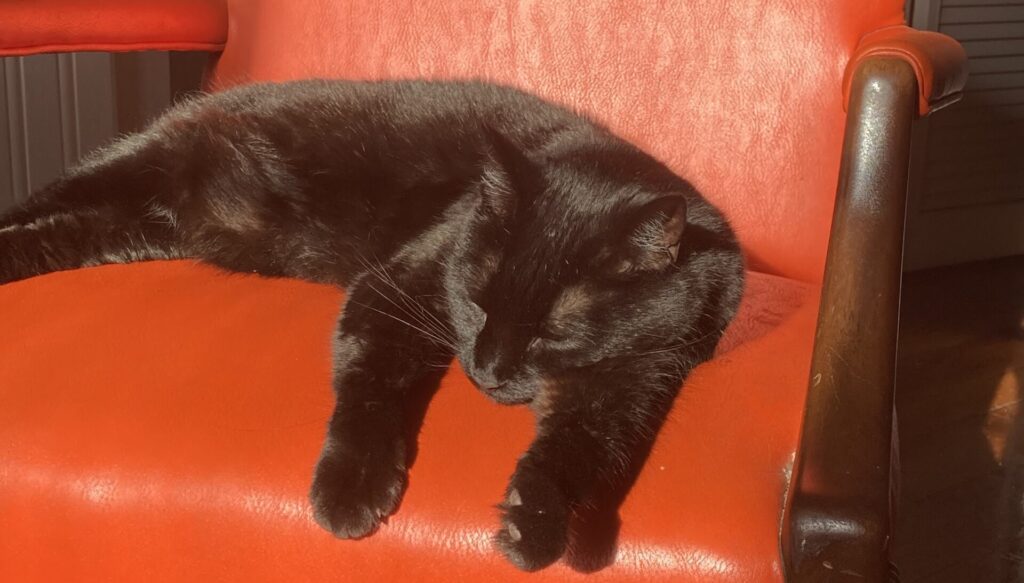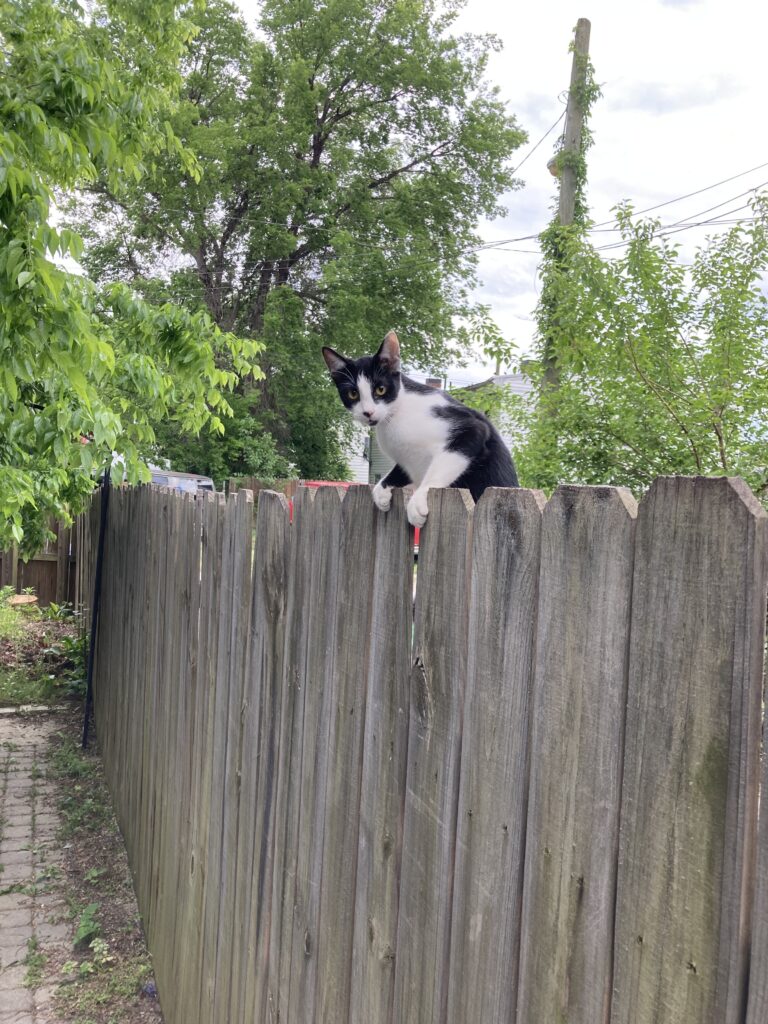Moving Cross-Country With a Cat? Here’s What You Need to Know

If you’re moving across the country with a cat, you need to be prepared. Cats can be unpredictable creatures, and if they’re not handled correctly, they can easily become agitated or stressed during a move. In this blog post, we will outline ways to keep your cat healthy and safe during the move, as well as how to make the transition as smooth as possible for them!
Choose the right carrier for your cat
Ensure the carrier is big enough to fit them comfortably and that it has plenty of airholes for ventilation. The wrong carrier can make the journey uncomfortable and stressful for your feline friend, so make sure to pick one that fits their needs. Consider a soft-sided carrier as they provide more ventilation than hard plastic carriers and mesh panels allow your cat to see out of the sides. Additionally, when picking a carrier, ensure it has enough space for your cat to move around comfortably as well as plenty of room in the front for treats and bedding.

Get your cat used to their carrier before the move
To get your cat used to their new carrier before the move, gradually familiarize them with it by leaving it out in a room they can access and feeding them treats near or inside of it. You can also place some familiar items like their favorite toys or blankets in there for comfort. During transport, try adding some comforting items such as bedding, blankets or towels which will help create a safe and stress-free environment for your pet during their journey. Additionally, make sure to bring along a litter box so they have somewhere familiar and comfortable to go while travelling long-distance.
Create a safe space during transport
Bring along some blankets or towels, toys, bedding and litter box so that there’s something familiar within the new environment when travelling long-distance with a pet.
Micro-chip your cat prior to your long-distance move
Having your cat micro-chipped before a long move is an essential step in ensuring their safe return if they become lost. Microchips are small implants that are placed under the pet’s skin and contain vital information such as their name, owner’s contact details, vet details and medical history. This ensures that if the cat becomes lost during the journey, they can be quickly identified and returned to their rightful owners.
The process of micro-chipping your cat is simple and straightforward and only takes a few minutes. The chip itself is about the size of a grain of rice and is implanted just under the skin between the shoulder blades using a special needle. Once implanted, it remains permanently in place, meaning that you don’t need to worry about replacing it or taking extra steps to keep it up-to-date. It also doesn’t cause any discomfort for your pet and all examinations are carried out by trained professionals who can answer any questions you may have about the process.
When moving cross-country with a cat, having them micro-chipped should be at the top of your list of preparations as it can greatly increase their chances of being returned safely in case they become lost during the move or end up in an animal shelter somewhere along the way. Research has shown that cats with microchips are more than twice as likely to be reunited with their owners compared to those without one, so investing in this life-saving technology is definitely worth considering before embarking on any long journey with your pet.
Besides providing an additional layer of security in case your cat gets lost during a move, having them micro-chipped also provides peace of mind knowing that if something were to go wrong while travelling across country with them, they would still be able to quickly find their way back home thanks to the information encoded on their chip. Additionally, micro-chip registration databases mean that even if you change addresses or phone numbers over time, vets will still have access to up-to-date contact details which significantly increases your chances of being reunited with your beloved pet if they ever do get lost!
Feeding your cat before a long-distance trip
It is generally recommended that cats should not be fed within four hours of your departure time, although this timeframe could vary depending on your individual pet’s health and size. Smaller cats tend to have sturdier digestive systems than larger breeds, so if you do have a smaller pet then you may be able to reduce this window further. However for larger cats, it is best to err on the side of caution and stick strictly to the four hour rule before leaving on your trip.
Another important tip when feeding your cat before a long journey is to provide them with an easily digestible meal such as boiled chicken or fish (no bones!) with added servings of water or broth. These types of meals are much easier for them to digest quickly, reducing the chances of any nausea or vomiting during the journey. Additionally, try not give them any snacks or treats during the trip as these can also contribute towards indigestion and motion sickness.
Finally, remember that cats are sensitive creatures who thrive off routine – so always try to keep their eating times consistent even when travelling long distance with them! Cats naturally prefer consistency over change so by sticking closely to their normal feeding schedule they will remain comfortable throughout the journey and less likely experience motion sickness symptoms including nausea and vomiting.
Take Frequent Breaks
Finally, if possible, try to take breaks every few hours when travelling with your cat so they can stretch their legs and use the litterbox if needed. Also remember that cats are sensitive to changes in temperature so be aware of temperature extremes both inside and outside of the car during transit. Following these simple steps should help keep your furry friend healthy and safe during their cross country move!
Good Luck on Your Move!
Overall, travelling with a cat can be an enjoyable experience for both you and your pet if all the necessary precautions are taken. Having them micro-chipped is essential as it increases their chances of being returned safely in case they become lost during the journey. Additionally, feeding them only easily digestible meals before leaving on a long trip and taking frequent breaks along the way will help ensure that your furry friend remains comfortable throughout the entire journey! By following these simple steps when moving cross country with cats, you’ll have peace of mind knowing that your beloved companion is safe and secure no matter how far away from home you may be.






Recent Comments